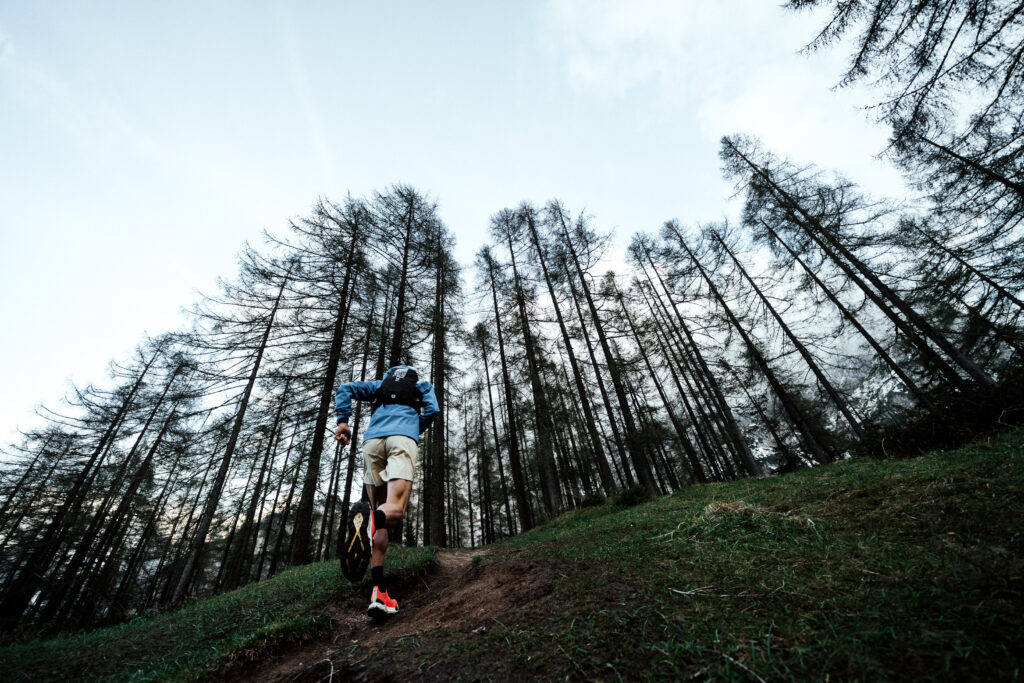Running is one of the most demanding sports, especially if you’re going for long distances, but running an ultra marathon on the trail or on the road can vary significantly on your choice of shoes. Choosing the proper footwear can make or break your ultra running experience, especially when you’re running for hours, even days!
In this article, we’re going to dive deep into the world of trail and road running shoes, and let you know the differences, similarities and what to look for.
We look at the basics of Trail and Road running shoes:
Trail running shoes are designed to tackle uneven ground, with thick soles, strong treads, and cushioned footbeds to accommodate various terrains. In contrast, road running shoes are lightweight, with thinner soles for a lightweight and fast-moving movement, that could prove to be problematic on the trail.

The soles of trail and road running shoes
Trail running shoes feature deep lugs to provide the best grip on loose gravel, mud, and rocks, while road running shoes have smoother soles to handle even surfaces. Some trail running shoes also include rock plates, rock barriers, or plastic inserts under the forefoot to protect runners’ feet when running over sharp rocks.
The differences in construction
When creating road running shoes, designers tend to remove additional materials to achieve a lighter, streamlined shoe. In contrast, trail running shoes are far from minimalistic, with reinforced seams, extra midsole cushioning, and other features to support a runner’s stride when running on diverse landscapes.
The level of protection
When it comes to trail running, it’s not just about protecting your feet from the surfaces you run on, but also protection against the weather and elements surrounding you. Good trail running shoes need to provide superior protection to hiking boots in terms of waterproofing, durability, and breathability. In contrast, since road shoes are mostly utilized on tarmac or concrete, they are not built to handle weather, mud, or rocks.
Choosing the right shoes for the right course
It’s critical to select the right shoes to match their environment; for example, trail running shoes would be a better option for uneven terrains, while road running shoes would be better for flat surfaces or pavement.
Runners going for technical trails with steep uphills and rocky terrains should find shoes with good traction, stability, and support such as The North Face Summit Vectiv™ Pro trail running shoe.
It’s always important to realise that the proper shoes are directly related to a runner’s experience and comfort. You wouldn’t want to end up with blisters or sore feet in the middle of an ultra marathon. Being aware of the differences between trail and road running shoes and selecting the appropriate pair can make your ultra marathon experience a breeze.
Ultimately the decision is up to you, and the type of runner you are, but understanding the factors mentioned in this article will assist you in making an informed choice. Finally, keep in mind that trying out different pairs is always an excellent option to choose the one that suits you best.